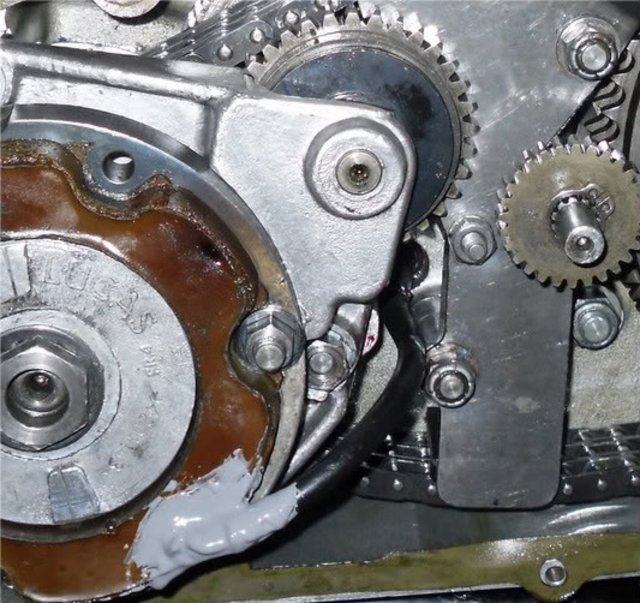Jdub
VIP MEMBER
- Joined
- Dec 1, 2018
- Messages
- 354
Picture below of what I am dealing with. The wires themselves appear unbroken, but as you can see the insulation has cracked and separated. Searched the forum but could not find a fix for this - can a careful reconstruction using heat shrink wrap, dab of non-conductive sealant, or similar (plus careful handling) do the trick? In this vein I was looking over an NOC post here: https://www.nortonownersclub.org/node/3114.



